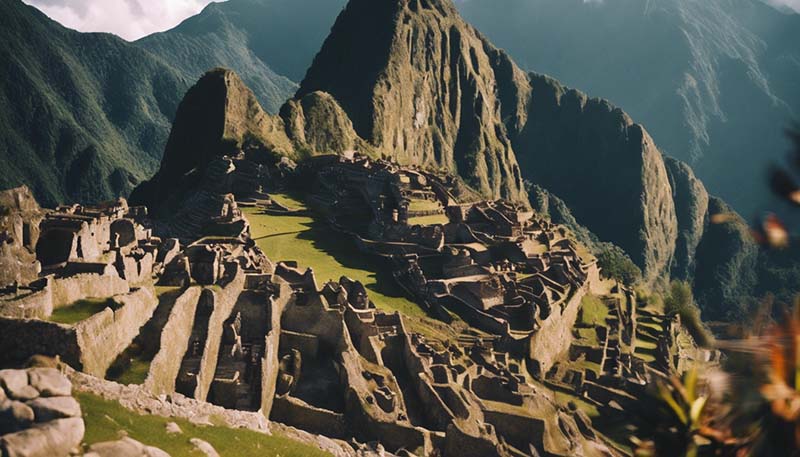The Inca Empire was the largest empire in pre-Columbian America and one of the most mysterious and fascinating civilizations in history. Spanning a vast area of western South America from the 13th century until the Spanish conquest in the 16th century, the Incas developed a complex and highly organized society with remarkable achievements in architecture, agriculture, and art. This article delves into the rise, culture, collapse, and legacy of the Inca Empire.
The Inca Empire, also known as Tawantinsuyu, began its rise to power in the 13th century. Legend has it that the civilization was founded by the Sun God Inti, who sent his children, Manco Cápac and Mama Ocllo, to earth to found the city of Cusco. The Incas believed themselves to be the descendants of the Sun God, which helped legitimize their rule. Advertisement Under a series of able rulers, the Inca expanded their territory through a combination of diplomacy, strategic marriages, and military conquest. The empire reached its height under the rule of Sapa Inca Pachacuti, who reigned from 1438 to 1471. Pachacuti expanded the empire through a series of successful military campaigns, including the conquest of the Chimu Kingdom and the incorporation of the Kingdom of Quito into the Inca realm.
Inca society was highly organized and hierarchical, with the Sapa Inca, or emperor, at the top. The empire was divided into four regions, each with its own governor and local rulers. The Inca had a complex system of roads and communication, which facilitated the movement of armies, the transportation of goods, and the spread of their culture. One of the most significant achievements of the Inca was their agricultural system. They developed terraced fields, irrigation canals, and storehouses to support a large population. The Incas were also skilled in the arts, particularly in weaving and pottery, and they created some of the most impressive architectural feats of the ancient world, including the city of Machu Picchu and the fortress of Sacsayhuamán.
The Inca Empire began to decline in the early 16th century, largely due to internal strife and a series of weak rulers. The death of Huayna Capac, the ninth Sapa Inca, in 1527 led to a civil war between his two sons, Atahualpa and Huáscar. This conflict weakened the empire, making it more vulnerable to the Spanish invasion led by Francisco Pizarro in 1532. Pizarro took advantage of the ongoing civil war and captured Atahualpa, demanding a room full of gold as ransom. Despite the Incas meeting this demand, Pizarro executed Atahualpa and continued his conquest of the Inca Empire. The last Inca resistance was crushed in 1572 with the execution of Tupac Amaru, the last Inca emperor.
The Inca Empire, despite its relatively short existence, left a lasting legacy on South America. Many of their engineering and agricultural innovations continue to influence the region today. The Quechua language, which was the language of the Incas, is still spoken by millions of people in the Andean region. The Inca's architectural achievements, such as the city of Cusco and the fortress of Ollantaytambo, are UNESCO World Heritage sites and major tourist attractions. The Inca's legacy also lives on in the rich cultural traditions and festivals that are still celebrated in many Andean communities.
Introduction
The Rise of the Inca Empire
Inca Culture and Society
The Collapse of the Inca Empire

Legacy and Influence
The Incas: The Last Great Empire of the Americas
Introduction
Comments